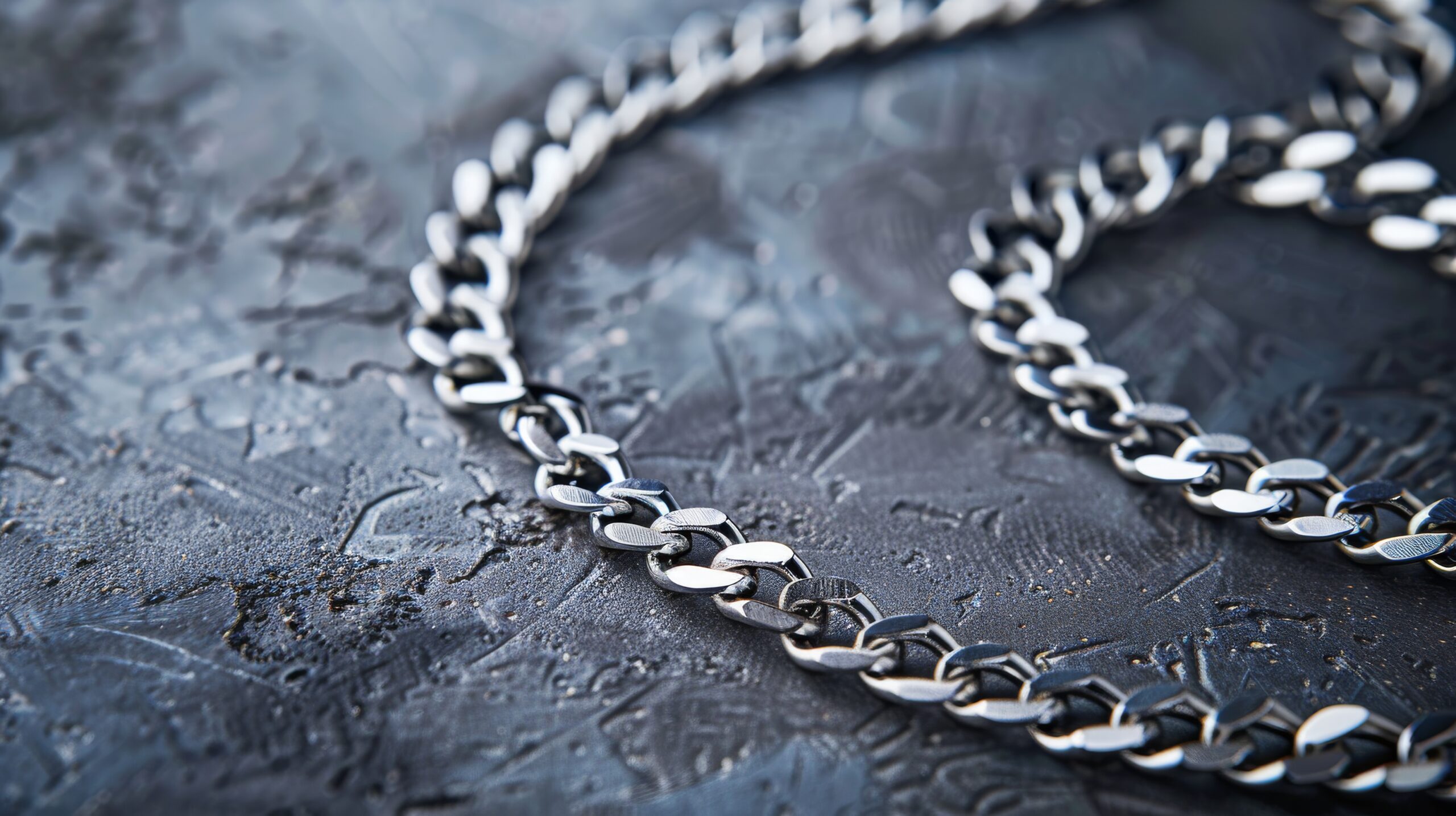Understanding the “925” in Jewelry
What does the marking ‘925’ signify in jewelry?
Jewelry has always held a special place in human culture, serving as a symbol of status, beauty, and sentiment. From ancient civilizations to modern times, the craftsmanship and materials used in jewelry have evolved, but one thing that has remained constant is the importance of quality and authenticity. Among the various markings found on jewelry, “925” holds particular significance, especially in the case of sterling silver items. This essay aims to explore the meaning, significance, and legal aspects of “925” in jewelry.
A. Meaning of “925”
- Sterling Silver Definition: Sterling silver is a precious metal widely used in jewelry making. To be classified as sterling silver, an item must contain at least 92.5% pure silver, with the remaining 7.5% typically composed of other metals, often copper. This composition provides durability and strength to the silver, making it suitable for crafting intricate jewelry pieces.
- Composition of Sterling Silver: The composition of sterling silver, specifically the 92.5% purity, is where the “925” marking derives its significance. The number “925” indicates that the piece contains 92.5% pure silver by weight. The remaining 7.5% is usually made up of copper or other metals, chosen for their ability to enhance the silver’s properties while maintaining its integrity.
B. Significance of “925” Marking
- Quality Assurance: The “925” marking serves as a hallmark of quality assurance for consumers. When purchasing jewelry marked with “925,” customers can trust that they are buying a product made with genuine sterling silver. This assurance of quality is crucial, especially considering the investment often associated with purchasing fine jewelry.
- Consumer Trust: Trust is essential in the jewelry industry, where authenticity and quality are paramount. The presence of the “925” marking instills confidence in consumers, assuring them that the jewelry meets recognized standards for purity and craftsmanship. This trust fosters long-term relationships between consumers and jewelry brands, leading to repeat business and positive word-of-mouth recommendations.
- Market Value: Jewelry marked with “925” typically commands higher market value compared to non-marked or lower purity silver items. The assurance of quality and purity associated with the “925” marking increases the perceived value of the jewelry, making it more desirable to consumers. Additionally, the resale value of “925” jewelry remains relatively stable over time, further enhancing its market appeal.
C. Legality and Regulations
- Legal Standards for Sterling Silver: In many countries, including the United States and the United Kingdom, there are legal standards in place governing the purity of sterling silver jewelry. These standards typically require that items marked as “sterling silver” or “925” contain at least 92.5% pure silver. Failure to meet these standards can result in legal consequences for jewelry manufacturers and sellers.
- Regulatory Bodies: Various regulatory bodies oversee the jewelry industry and enforce standards related to purity and labeling. For example, in the United States, the Federal Trade Commission (FTC) regulates the jewelry industry and provides guidelines on how jewelry should be labeled and marketed, including rules regarding the use of terms like “sterling silver” and “925.”
- Compliance and Certification: Jewelry manufacturers must ensure compliance with legal standards and obtain necessary certifications to validate the purity of their products. This may involve testing the silver content of jewelry through methods such as X-ray fluorescence (XRF) analysis or fire assay testing. Once certified, jewelry can be marked with “925” to signify its compliance with recognized standards.
The “925” marking indicates that the jewelry is made of sterling silver, which is an alloy composed of 92.5% pure silver and 7.5% other metals, typically copper. This combination of metals is chosen not only for its durability and strength but also for its hypoallergenic properties.
Pure silver, while beautiful, is too soft to be used in jewelry on its own. By alloying it with other metals like copper, sterling silver becomes more durable and suitable for everyday wear. However, some people may have allergic reactions to certain metals commonly found in jewelry, such as nickel.
The copper content in sterling silver is generally low enough that it does not cause allergic reactions in most people. Therefore, jewelry marked as “925” is often considered hypoallergenic and is less likely to cause skin irritation or allergic reactions compared to jewelry made with base metals or alloys containing higher amounts of allergenic metals.
However, it’s essential to note that while sterling silver is hypoallergenic for most people, it’s still possible for some individuals to have sensitivities or allergies to it. If someone knows they have specific metal allergies, they should be cautious and may opt for jewelry made of alternative materials, such as titanium or gold, which are less likely to cause reactions. Additionally, if someone experiences any irritation while wearing jewelry, they should remove it and consult with a healthcare professional.
In conclusion, the “925” marking in jewelry holds significant importance, indicating that the item is made of genuine sterling silver with a purity of at least 92.5%. This marking assures consumers of the jewelry’s quality, fosters trust in the brand and enhances its market value. Moreover, compliance with legal standards and regulations ensures that jewelry manufacturers meet established criteria for purity and labeling, reinforcing consumer confidence in the industry as a whole.
